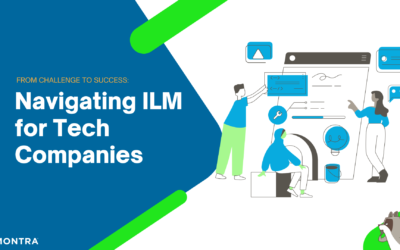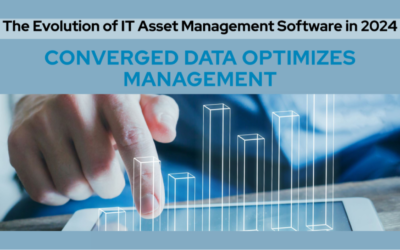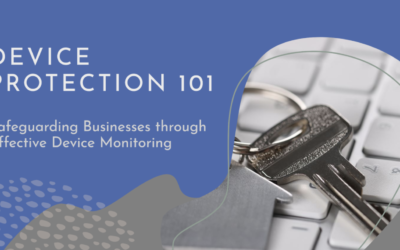Now more than ever in this hybrid working world, employees value transparency, connectedness, and timely communication. When your organization communicates with employees when an incident occurs, or when an announcement affects their safety, they know that their time and well-being are being respected.
An employee notification system makes the immediate reception of important information possible anytime and anywhere. The messages can inform or alert to maximize productivity of your employees.
Texts and messaging apps are already a central part of your employees’ lives. Texts and messaging app messages like Slack are mostly read within the first 3 minutes after being sent, as opposed to only 22% of emails. Using these systems can help you to connect to your employees, increase engagement, and ultimately boost the employee experience. They’re quick, easy to manage and utilize all the devices they are using, from laptops to smartphones.
When to Use Employee Notifications
When starting to use an employee notification system, the following use cases have been shown to be the most efficient and value-packed:
- Emergency Situations: Use employee notifications to inform your employees about weather emergencies, transportation outages, or office issues. Not only is this information highly relevant, but it can save time, and boost efficiency.
- Deadline Reminders: Remind teams of project deadlines or upcoming deals. Company-wide, you can use deadline announcements to inform employees about things like benefits enrollment periods.
- Upcoming Events: To add a bit of fun, you can use employee notifications to promote the next office party, sports event, or team getaway.
- Major Company News: While not every piece of company news is worth a notification push, major news alerts can increase employee connectedness o the company and excitement about the company victories.
- Software Updates: Since call software comes with regular updates, you can inform your employees about new features or improvements that they can use.
The Rules of Employee Notifications
Employee notifications work, but sending too many, sending them at the wrong time, not targeting your message, or simply not providing value can quickly lead employees to ignore them. Consider the following rules when you generate your next employee message:
- Be relevant: When you send out employee messages, always consider how they will be received during your employees’ daily lives. According to a Push Index data study, highly targeted messages increase response rates by 293%! Target your employee messages based on departments, locations, and teams.
- Align with your company culture: Take time to decide on the proper tone to use. Employee messages should reflect the values of your company and your relationship with your employees, so make sure that your tone is consistent.
- Be engaging: Provide timely and relevant information so your employees are the first to learn about company news, benefit plans, or severe weather updates, not that John won the karaoke contest.
- Measure and improve: Track your employee notifications and their engagement rates. This will help you to determine which messages are more interesting and engaging to your employees and will help you to fine-tune future messages.
Pay Attention to Timing and Wording
Timing. Localytics data shows that when using sending an employee message, Thursday is currently the best day to get high click rates. The data further shows that sending messages between 10 a.m. and 1 p.m. results in the highest average click rate: 15%.
Wording. Keep your messages clear, concise, and compact. The aim is to catch your employees’ attention and quickly communicate your message. Messages should offer clear, concrete value, and communicate the desired action.
Educate Your Employees on the System
Once you implement your notification system, announce to your employees that you will be using a new service to notify everyone within the organization of critical events or announcements. It’s key that all employees understand that these notifications are important to stay informed and in the loop.
Use Multiple Channels and Groups
Multi-Channel. If you have an important message that needs to get to your people ASAP, make sure you leverage your employee notification system’s multi-channel functionality. Select as many channels as you believe are appropriate for your notification, but if this is indeed an emergency, we recommend contacting your employees over text message, email, Teams or Slack, voice call, and social media.
Groups. To reach them with the right message at the best time, you’ll want to be sure to create robust grouping hierarchies that reflect your organization’s structure, for example, groups based on department, office location, and role for example. And if your organization has many locations, send notifications from the map using geofencing, so you can capture all employees in an affected region.
Engaging your employees through thoughtful, relevant messages will enable your organization to interact and communicate with your employees successfully. Correctly using an employee notification system can help you connect with your employees in meaningful ways, create value for them, increase engagement and ultimately boost your employee’s experience.
Are you interested in leveraging employee notification capabilities of Montra VIA? Do you want to connect with your hybrid workforce faster and more completely? Don’t hesitate to contact us at sales@montra.io!



